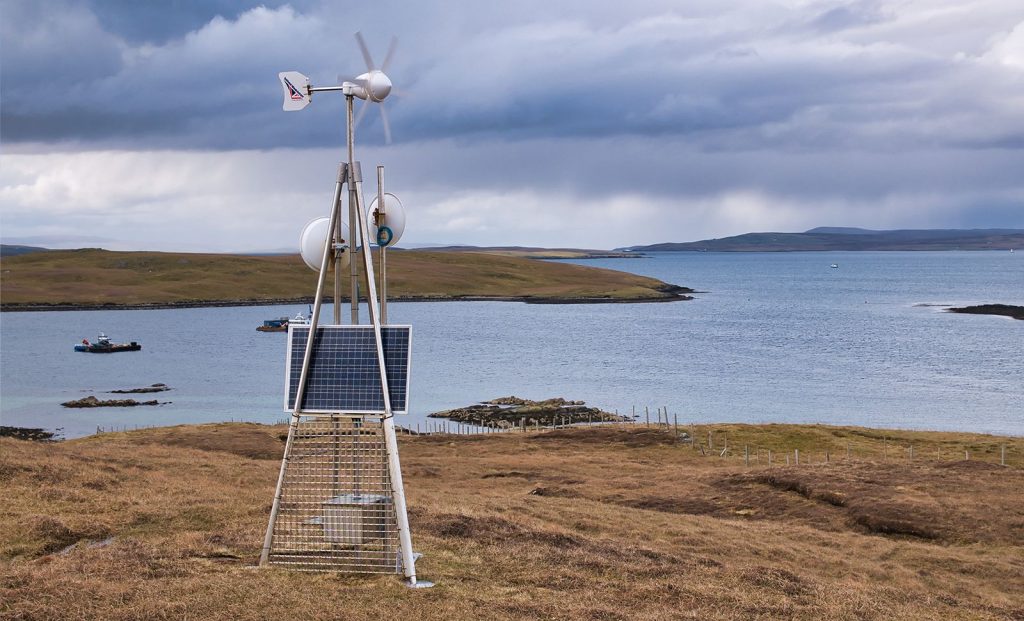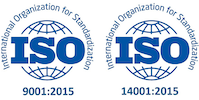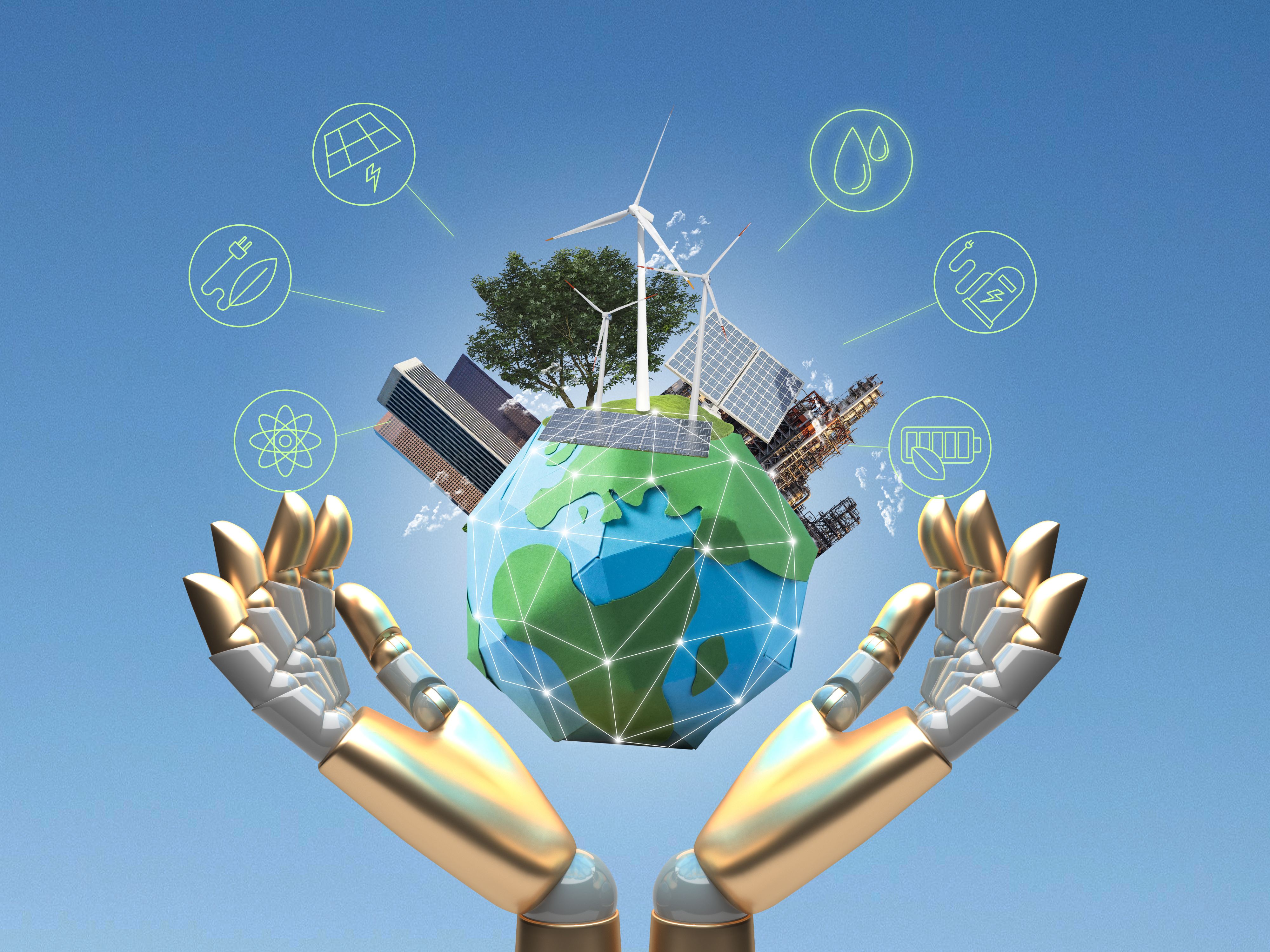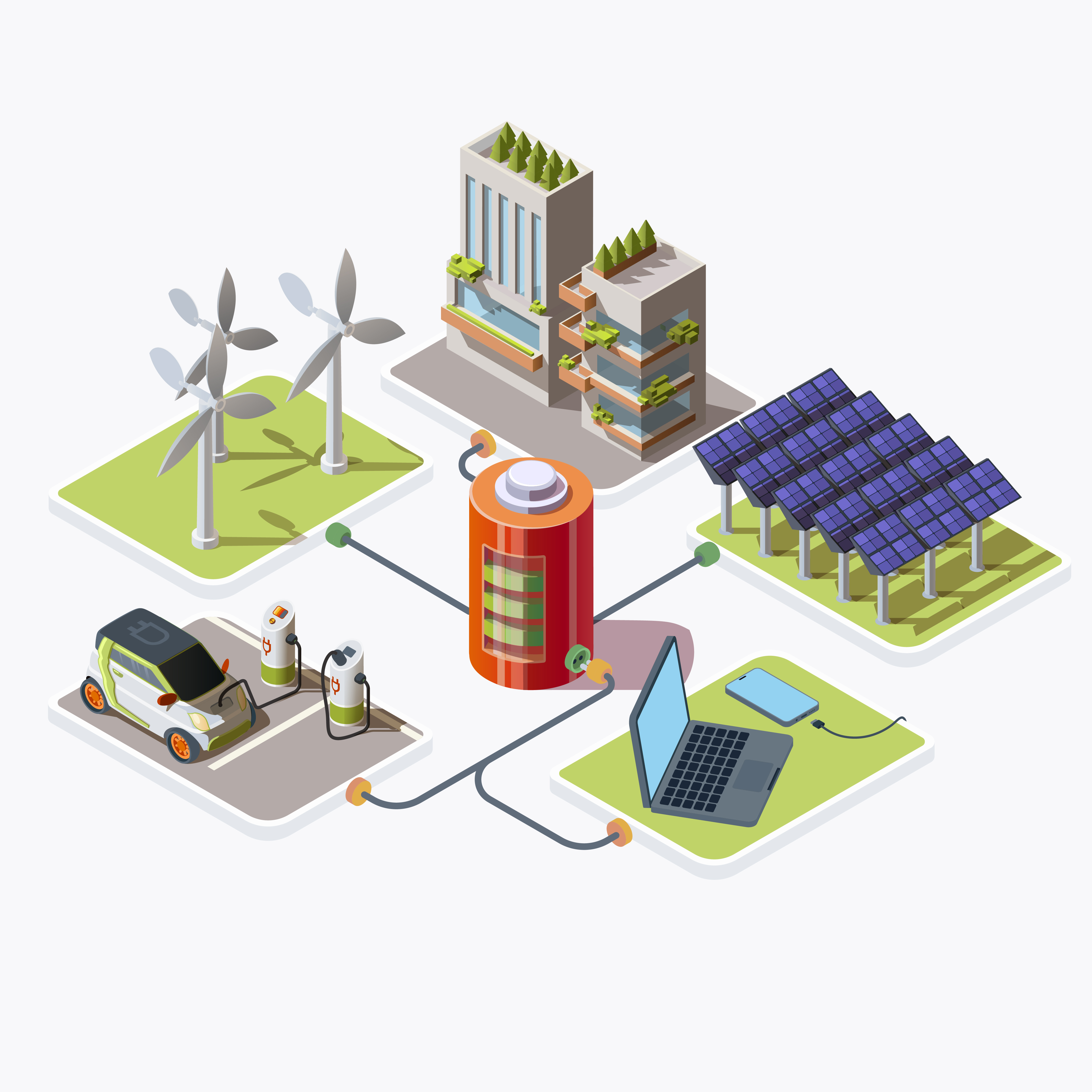Table of Contents
ToggleIntroduction
Geothermal energy, a renewable and sustainable resource, holds immense potential for countries aiming to diversify their energy mix and reduce reliance on fossil fuels. As nations around the world seek cleaner energy alternatives to combat climate change, the development of geothermal energy has emerged as a viable solution. In this article, we delve into the landscape of countries with developed geothermal energy, examining their achievements, challenges, and future prospects in harnessing this abundant natural resource.
Overview of Geothermal Energy
Geothermal energy derives from the heat stored beneath the Earth’s surface, offering a consistent and reliable source of power generation. This renewable energy source is harnessed through geothermal power plants, which utilize steam or hot water from underground reservoirs to drive turbines and generate electricity. Unlike solar or wind energy, geothermal power is not dependent on weather conditions, making it a reliable baseload energy source.
Geothermal energy offers several advantages over traditional fossil fuels and other renewable energy sources. Firstly, it produces minimal greenhouse gas emissions, contributing to lower carbon footprints and mitigating climate change. Secondly, geothermal power plants have a small land footprint compared to other renewable energy installations, making them suitable for both urban and rural areas. Additionally, geothermal energy provides continuous power generation, offering grid stability and reliability.
Criteria for Developed Geothermal Energy
Countries with developed geothermal energy exhibit certain key characteristics, including significant installed capacity of geothermal power plants, technological advancements in geothermal energy production, and substantial economic investment in geothermal infrastructure. One of the primary indicators of a country’s development in geothermal energy is the installed capacity of its geothermal power plants. This metric reflects the nation’s commitment to harnessing geothermal resources for electricity generation and meeting its energy demands sustainably.
Developed geothermal energy countries invest in research and development to advance technology for efficient and cost-effective geothermal energy production. Innovations in drilling techniques, reservoir management, and power plant design contribute to higher yields and lower costs, making geothermal energy more competitive in the global energy market. Economic investment plays a crucial role in the development of geothermal energy infrastructure. Governments and private entities allocate funds for exploration, development, and expansion of geothermal projects, creating jobs, stimulating economic growth, and fostering energy independence.
Leading Countries with Developed Geothermal Energy
Several nations have emerged as leaders in the development of geothermal energy, leveraging their abundant geothermal resources and adopting policies supportive of renewable energy deployment. Among these countries, the United States, Iceland, Philippines, and New Zealand stand out for their significant achievements in harnessing geothermal power. The United States boasts a diverse portfolio of geothermal resources, with active geothermal sites located across several states. California, Nevada, and Hawaii are among the leading geothermal energy producers in the country. The U.S. Department of Energy (DOE) supports geothermal research and development initiatives, aiming to expand the nation’s geothermal capacity and enhance technology innovation.
Geothermal energy production in the United States encompasses both conventional hydrothermal systems and enhanced geothermal systems (EGS). Conventional geothermal power plants tap into naturally occurring reservoirs of steam or hot water, while EGS technologies utilize hydraulic fracturing to create artificial reservoirs in hot rock formations. The U.S. hosts numerous geothermal power plants, with the Geysers geothermal field in California being the largest in terms of installed capacity. Other notable facilities include the Salton Sea geothermal field in California and the Ormat Nevada geothermal complexes.
The U.S. government offers various incentives and tax credits to promote geothermal energy development, including production tax credits, investment tax credits, and grants for research and exploration. Additionally, federal agencies provide funding for geothermal projects through programs such as the Geothermal Technologies Office (GTO) and the Advanced Research Projects Agency-Energy (ARPA-E). Iceland stands as a global leader in geothermal energy utilization, owing to its abundant geothermal resources and innovative approach to energy production. Approximately 90% of Iceland’s households are heated with geothermal energy, making it one of the most geothermally reliant nations in the world.
Unique Geothermal Resources in Iceland
Iceland’s geothermal resources are primarily derived from volcanic activity, with geothermal heat being harnessed from both high-temperature fields and low-temperature aquifers. The country’s geothermal potential is further augmented by its proximity to tectonic plate boundaries and geothermal hotspots. Geothermal energy plays a crucial role in Iceland’s energy mix, accounting for a significant portion of its electricity generation and heating needs. The country’s geothermal power plants produce clean and renewable energy, contributing to its sustainable development goals and reducing reliance on imported fossil fuels.
Iceland has pioneered several technological advancements in geothermal energy production, including the development of binary cycle power plants, which enable the extraction of heat from lower-temperature geothermal reservoirs. Additionally, Iceland’s expertise in geothermal drilling techniques has facilitated efficient exploration and utilization of geothermal resources. The Philippines possesses abundant geothermal resources, making it one of the top geothermal energy producers in the world. The country’s geothermal development dates back to the 1970s, driven by its commitment to diversifying its energy sources and reducing dependence on imported fuels.
The Philippines is endowed with significant geothermal potential, particularly along the Pacific Ring of Fire. Geothermal fields such as the Tiwi and Makiling-Banahaw in Luzon and the Palinpinon and Leyte geothermal fields in the Visayas region contribute substantially to the country’s geothermal energy output. Geothermal energy plays a crucial role in the Philippines’ energy sector, accounting for a substantial portion of its electricity generation. The stable and reliable nature of geothermal power complements the country’s energy mix, providing grid stability and reducing dependence on intermittent renewable energy sources.
Government Initiatives to Promote Geothermal Energy Development
The Philippine government has implemented various policies and incentives to support geothermal energy development, including feed-in tariffs, tax incentives, and streamlined permitting processes for geothermal projects. Additionally, government agencies such as the Department of Energy (DOE) provide technical assistance and financial support to geothermal developers. New Zealand is renowned for its geothermal wonders, with geothermal activity evident in geysers, hot springs, and thermal pools scattered throughout the country. Geothermal energy plays a significant role in New Zealand’s energy sector, contributing to its renewable energy goals and reducing carbon emissions.
New Zealand’s geothermal resources are primarily concentrated in the Taupo Volcanic Zone, where high-temperature geothermal fields provide ample opportunities for energy production. The country’s geothermal power plants harness steam and hot water from underground reservoirs to generate electricity and provide direct heat for industrial processes. New Zealand boasts a substantial installed capacity of geothermal power plants, with facilities such as the Wairakei Power Station and the Ngatamariki Power Station contributing to the country’s electricity grid. Ongoing expansion projects aim to further capitalize on New Zealand’s geothermal potential and increase the share of geothermal energy in the national energy mix.
Challenges and Future Prospects
Despite its numerous benefits, geothermal energy faces several challenges, including high upfront costs, geological uncertainties, and environmental concerns. However, ongoing technological advancements and policy support offer promising prospects for the future of geothermal energy. Geothermal energy production may pose environmental risks such as land subsidence, groundwater depletion, and emissions of trace gases. To address these concerns, stringent environmental regulations and mitigation measures are implemented to minimize adverse impacts and ensure sustainable geothermal development.
Technological innovation plays a critical role in improving the efficiency and cost-effectiveness of geothermal energy production. Advances in drilling techniques, reservoir engineering, and power plant design enable enhanced resource recovery and optimal utilization of geothermal reservoirs. The global geothermal energy market holds significant growth potential, driven by increasing demand for clean and sustainable energy solutions. Emerging economies with geothermal resources, such as Indonesia, Mexico, and Kenya, present opportunities for investment and collaboration in geothermal energy development.
Conclusion
Developed geothermal energy countries have made remarkable strides in harnessing the Earth’s natural heat to power their economies sustainably. Through significant investments in infrastructure, technology, and policy support, these nations have demonstrated the viability of geothermal energy as a clean and reliable energy source. As the world transitions towards a low-carbon future, geothermal energy is poised to play a pivotal role in meeting global energy needs while mitigating climate change. By embracing innovation, collaboration, and sustainable practices, countries can unlock the full potential of geothermal energy and pave the way for a greener tomorrow.
FAQs
What defines a country with developed geothermal energy?
A country with developed geothermal energy typically has a significant portion of its electricity generated from geothermal sources, indicating a substantial investment in geothermal infrastructure and technology. Additionally, such countries often exhibit advancements in geothermal research, development, and policy support.
What are the primary benefits of harnessing geothermal energy for a country?
Geothermal energy offers numerous benefits, including its renewable and sustainable nature, minimal greenhouse gas emissions, reliable baseload power generation, and potential for economic growth and energy independence.
Which countries are considered leaders in geothermal energy development?
Several countries stand out for their achievements in geothermal energy, including the United States, Iceland, Philippines, New Zealand, and Kenya. These nations have extensive geothermal resources and have made significant investments in geothermal infrastructure and technology.
What challenges does geothermal energy face in terms of environmental impact?
While geothermal energy is considered environmentally friendly compared to fossil fuels, it still poses certain challenges such as land subsidence, groundwater depletion, and emissions of trace gases. However, strict environmental regulations and mitigation measures are implemented to address these concerns and ensure sustainable geothermal development.
What is the future outlook for global expansion of geothermal energy?
The global geothermal energy market holds considerable growth potential, driven by increasing demand for clean and sustainable energy solutions. Emerging economies with significant geothermal resources, such as Indonesia, Mexico, and Kenya, present opportunities for investment and collaboration in geothermal energy development, contributing to the global transition towards a low-carbon future.







